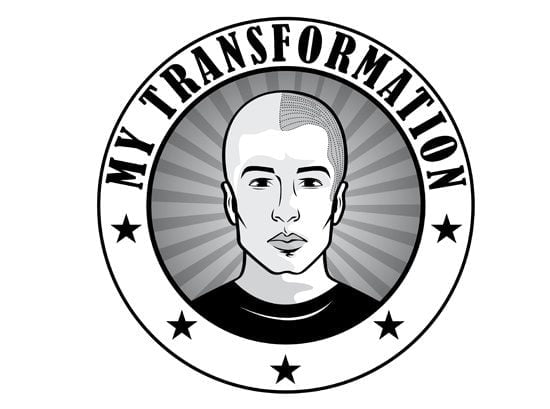
The Hair Growth Cycle
Share
Hair is an outer covering of the human body that grows from follicles underneath the skin. It protects the skin and keeps it warm. Hair also has a social function, such as determining gender or expressing personal styles for cultural reasons or as a sign of social status. Hair is classified according to its shape, length, and growth rate. The hair growth cycle is a process that all hair goes through.
Understanding the hair growth cycle is essential for anyone interested in hair health, whether for personal care or addressing hair loss issues. This cycle consists of several distinct phases that hair follicles go through, influencing the length, thickness, and overall health of hair.

Phases of the Hair Growth Cycle
The hair growth cycle is divided into three primary phases: anagen, catagen, and telogen.
Anagen Phase
The anagen phase is the active growth phase of hair follicles. During this period, hair grows continuously, and this phase can last anywhere from 2 to 7 years, depending on genetic factors and individual health. The longer the anagen phase, the longer the hair can grow. About 85-90% of the hair on your scalp is typically in this phase at any given time.
Catagen Phase
The catagen phase marks the transitional stage of hair growth. Lasting about 2-3 weeks, this phase is characterized by the cessation of hair growth. During catagen, the hair follicle shrinks and detaches from the blood supply. Approximately 1-2% of the hair on your scalp is in the catagen phase at any time.
Telogen Phase
The telogen phase is the resting phase of the hair cycle and lasts around 3-4 months. During this period, hair does not grow, but the follicle remains inactive. At the end of the telogen phase, the hair will eventually shed, making way for new hair to enter the anagen phase. Roughly 10-15% of your hair is in the telogen phase at any given moment.
Understanding these phases can help individuals make informed decisions about hair care, treatments, and addressing hair loss. Maintaining a healthy lifestyle, including proper nutrition and stress management, can positively impact the hair growth cycle and overall hair health.
Each phase has different characteristics that determine the length of time the hair stays in that phase and the rate of hair growth.
The exogen stage
The exogen stage is a sub-stage of the telogen stage of the hair growth cycle.
The telogen stage lasts for about four months after catagen and anagen (mitosis).
During this phase, the old hair falls out and is replaced with new hair.
This happens all over your body every day, with approximately 50 to 100 hairs falling out.
The hair growth cycle changes as we age.
The anagen phase becomes shorter, and the telogen phase becomes longer.
Therefore, our hair doesn’t grow as fast, or if it did when we were younger, and why many people suffer from extensive hair loss such as pattern baldness.
Sadly, there is no cure for hair loss, but there is a perfect solution.
Scalp micropigmentation is the opportunity to regain your confidence.
Please find out more here at My Transformation or at INKrease SMP.
